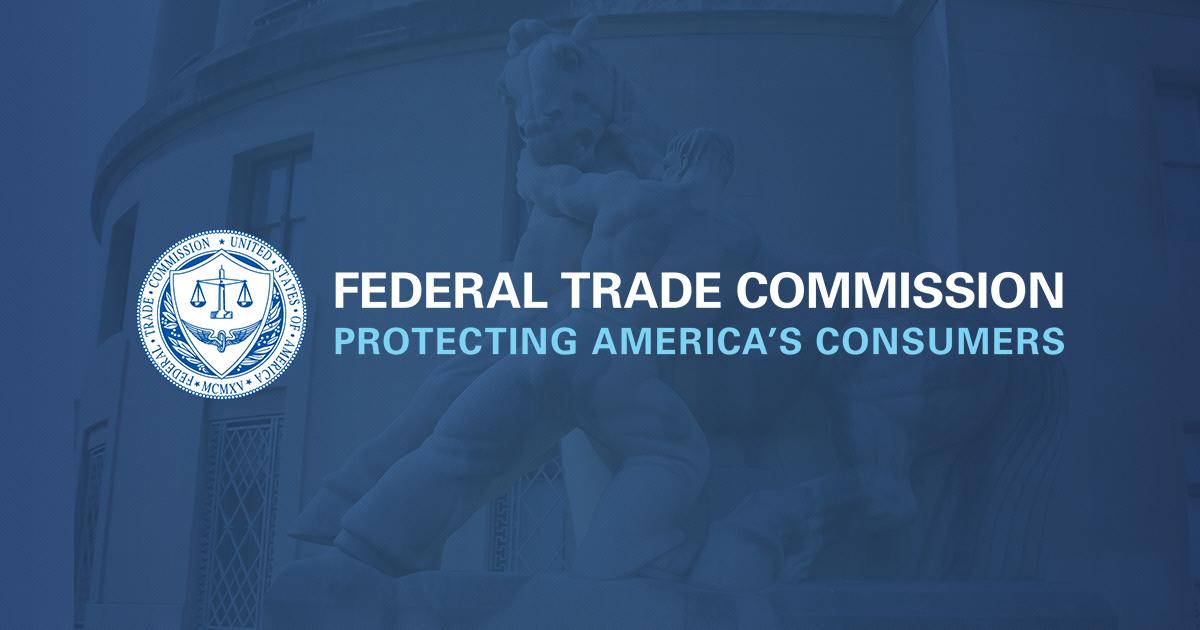
The Federal Trade Commission released a report today showing how companies are increasingly using sophisticated design practices known as “dark patterns” that can trick or manipulate consumers into buying products or services or giving up their privacy. The dark pattern tactics detailed in the report include disguising ads to look like independent content, making it difficult for consumers to cancel subscriptions or charges, burying key terms or junk fees, and tricking consumers into sharing their data. The report highlighted the FTC’s efforts to combat the use of dark patterns in the marketplace and reiterated the agency’s commitment to taking action against tactics designed to trick and trap consumers.
“Our report shows how more and more companies are using digital dark patterns to trick people into buying products and giving away their personal information,” said Samuel Levine, Director of the FTC’s Bureau of Consumer Protection. “This report—and our cases—send a clear message that these traps will not be tolerated.”
For years, unscrupulous direct-mail and brick-and-mortar retailers have used design tricks and psychological tactics such as pre-checked boxes, hard-to-find-and read disclosures, and confusing cancellation policies, to get consumers to give up their money or data. As more commerce has moved online, dark patterns have grown in scale and sophistication, allowing companies to develop complex analytical techniques, collect more personal data, and experiment with dark patterns to exploit the most effective ones. The staff report, which stems from a workshop the FTC held in April 2021, examined how dark patterns can obscure, subvert, or impair consumer choice and decision-making and may violate the law.
The report, Bringing Dark Patterns to Light, found dark patterns used in a variety of industries and contexts, including e-commerce, cookie consent banners, children’s apps, and subscription sales. The report focuses on four common dark pattern tactics:
- Misleading Consumers and Disguising Ads: These tactics include advertisements designed to look like independent, editorial content; comparison shopping sites that claim to be neutral but really rank companies based on compensation; and countdown timers designed to make consumers believe they only have a limited time to purchase a product or service when the offer is not actually time-limited. For example, the FTC took action against the operators of a work-from-home scheme for allegedly sending unsolicited emails to consumers that included “from” lines that falsely claimed they were coming from news organizations like CNN or Fox News. The body of these emails included links that sent consumers to additional fake online news stories, and then eventually routed consumers to sales websites that pitched the company’s work-from-home schemes.
- Making it difficult to cancel subscriptions or charges: Another common dark pattern involves tricking someone into paying for goods or services without consent. For example, deceptive subscription sellers may saddle consumers with recurring payments for products and services they never intended to purchase or that they do not wish to continue purchasing. For example, in its case against ABCmouse, the FTC alleged the online learning site made it extremely difficult to cancel free trials and subscription plans despite promising “Easy Cancellation.” Consumers who wanted to cancel their subscriptions were often forced to navigate a difficult-to-find, lengthy, and confusing cancellation path on the company’s website and click through several pages of promotions and links that, when clicked, directed consumers away from the cancellation path.
- Burying key terms and junk fees: Some dark patterns operate by hiding or obscuring material information from consumers, such as burying key limitations of the product or service in dense terms of service documents that consumers don’t see before purchase. This tactic also includes burying junk fees. Companies advertise only part of a product’s total price to lure consumers in, and do not mention other mandatory charges until late in the buying process. In its case against LendingClub, the FTC alleged that the online lender used prominent visuals to falsely promise loan applicants that they would receive a specific loan amount and pay “no hidden fees” but hid mention of fees behind tooltip buttons and in between more prominent text.
- Tricking consumers into sharing data: These dark patterns are often presented as giving consumers choices about privacy settings or sharing data but are designed to intentionally steer consumers toward the option that gives away the most personal information. The FTC alleged that smart-TV maker Vizio enabled default settings allowing the company to collect and share consumers’ viewing activity with third parties, only providing a brief notice to some consumers that could easily be missed.
As detailed in the report, the FTC has worked to keep pace with the evolving types of dark patterns used in the marketplace. The Commission has sued companies for requiring users to navigate a maze of screens in order to cancel recurring subscriptions, sneaking unwanted products into consumers’ online shopping carts without their knowledge, and experimenting with deceptive marketing designs.
The Commission voted 5-0 at an open meeting to authorize the release of the staff report.
Article From & Read More ( FTC Report Shows Rise in Sophisticated Dark Patterns Designed to Trick and Trap Consumers - Federal Trade Commission News )https://ift.tt/HkWgLO2
Tidak ada komentar:
Posting Komentar